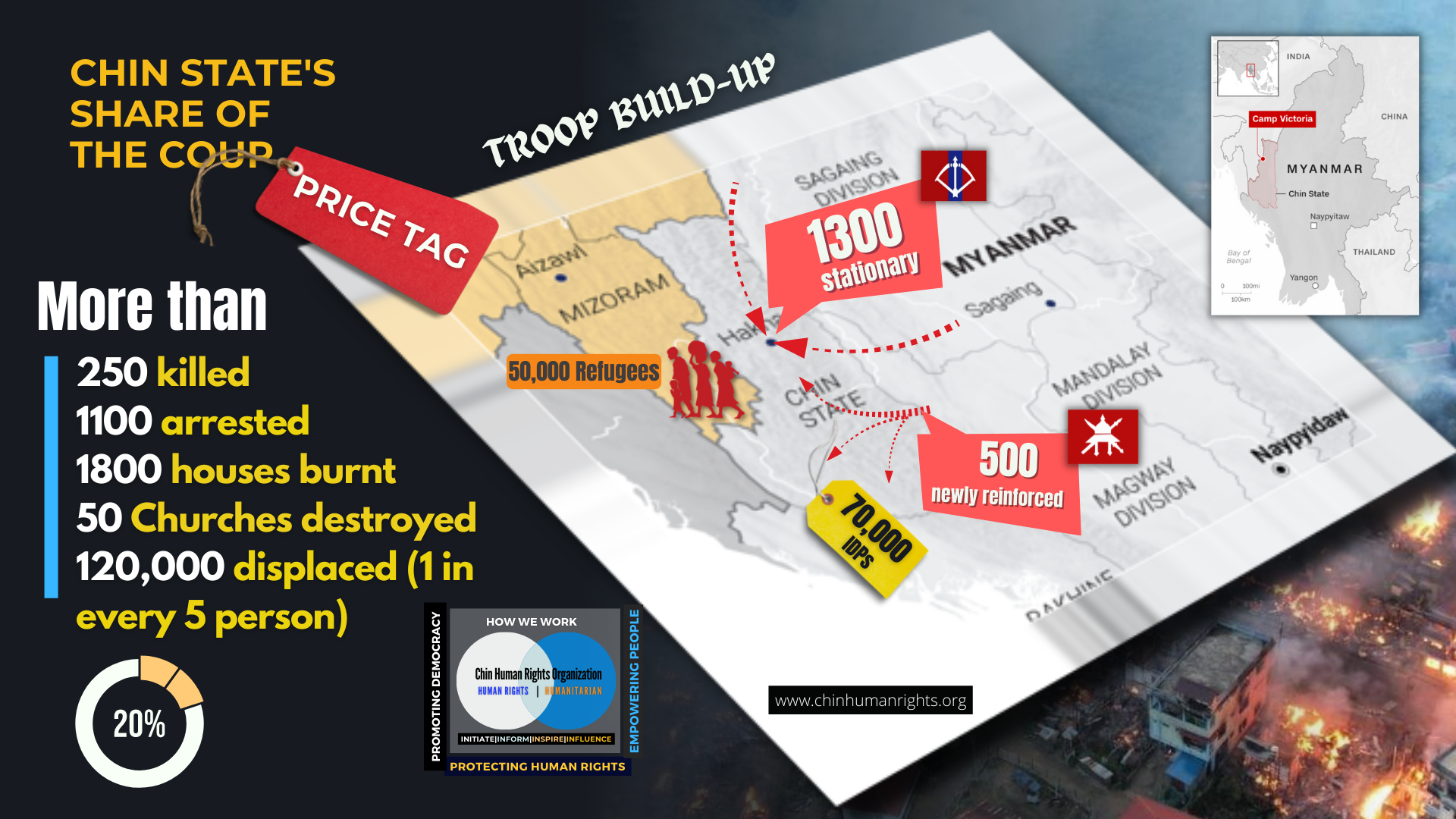
Building Health Resilience: Community-Based Health Workers Leading the Way in Chin Crisis Areas
Community-Based Health Workers are critical in delivering healthcare services in liberated areas where formal healthcare infrastructure is lacking, and their presence not only strengthens healthcare systems but also contributes to peacebuilding and transitional governance efforts. Their work is vital to building a resilient, inclusive healthcare system, while simultaneously fostering confidence in long-term peace and federal governance structures that many in...



